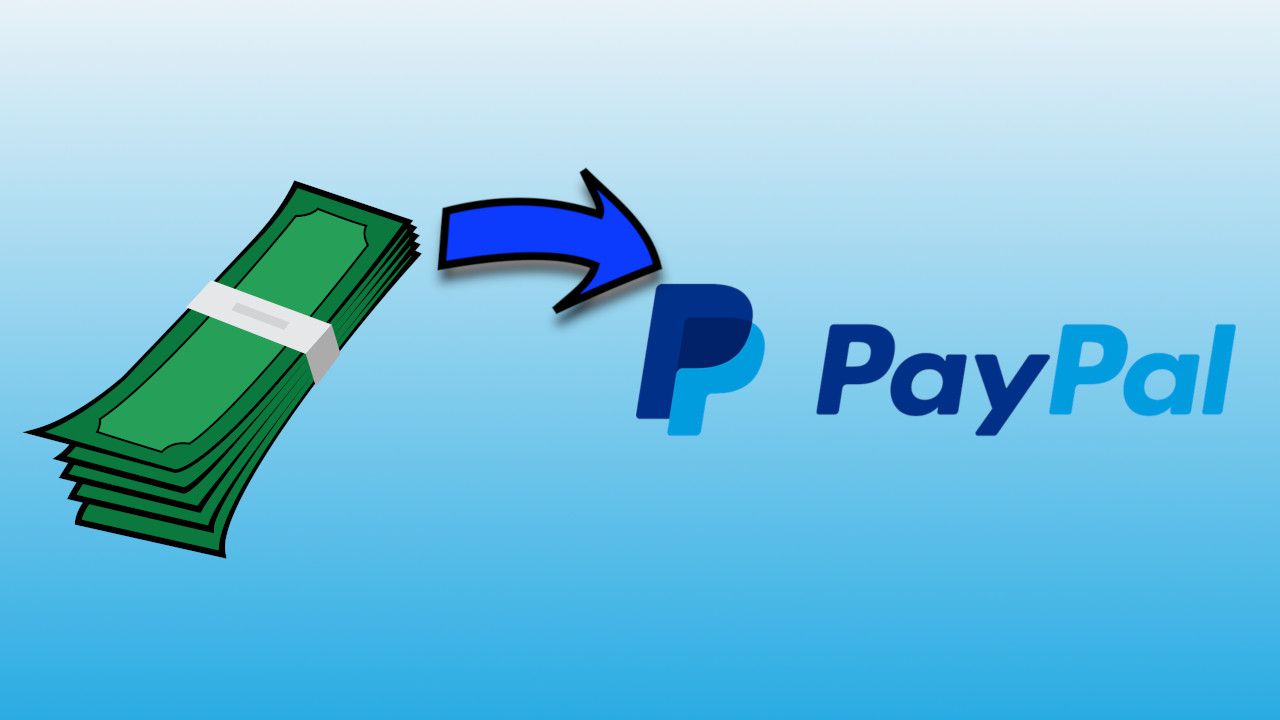You may have been a user of the payment platform Paypal, and you have also been wondering how the company makes its money. This article will discuss the various mediums through which PayPal makes money. With over 426 million active accounts globally, PayPal has become one of the largest payment processors and digital wallets in the world. But how exactly does PayPal generate profits from facilitating online transactions and payments? PayPal predominately makes money by charging a small fee for each transaction that is processed through its platform. It also earns revenue through other value-added services offered to merchants and consumers. Let’s look at PayPal’s history, key financials, business segments, and how its various services contribute to its money-making strategy.
A Brief History of PayPal and How They Make Money
PayPal was founded in 1998 by technology entrepreneurs Max Levchin, Peter Thiel, and Luke Nosek as a secure online payment platform. In its early stages, PayPal focused mostly on facilitating payments between individuals through email.
In 2002, PayPal was acquired by eBay for $1.5 billion. This allowed PayPal to tap into eBay’s thriving e-commerce marketplace and expand its user base significantly. Over the next several years under eBay, PayPal increased its services for online vendors and auction sites.
PayPal eventually became the payment method of choice for a majority of eBay users. However, eBay decided to make PayPal an independent publicly traded company in 2015 to allow more flexibility.
Today, PayPal continues to provide online payment services for a large number of online merchants and marketplaces globally. Under its current CEO, Dan Schulman, PayPal is focused on sustained innovation in digital payments and online transactions.
PayPal’s Key Financials
As of 2022, PayPal reported having over $1.3 billion of active accounts worldwide, which facilitated $1.2 trillion in payment volume annually.
Some key financial highlights:
- In 2021, Paypal recorded an annual revenue of $25.4 billion
- In 2021, Paypal also recorded an annual net income of $6.4 billion
- They also processed transactions worth $1.2 trillion in 2021
- Over 70% of revenues were generated from transaction fees
- Paypal recorded double-digit revenue growth annually from 2017 to 2021
This shows PayPal has achieved impressive numbers in terms of profitability. Processing trillions in payment volumes allows PayPal to generate substantial revenues from transaction fees.
PayPal’s Business Segments
PayPal operates through two main business segments:
- PayPal: This includes PayPal’s core digital wallet, online payment services for merchants, and person-to-person (P2P) payments via PayPal, Venmo, and Xoom.
- Honey: This consists of Honey’s suite of discount and rewards solutions for online shopping. PayPal acquired Honey in 2019 for $4 billion to integrate rewards capabilities.
In 2021, PayPal accounted for over 95% of total revenues, while Honey made up less than 5%. However, Honey is seen as a long-term growth opportunity within the e-commerce sector.
How Does PayPal Make Money?
The most generative part of PayPal’s revenues comes from taking a percentage fee on every transaction it processes. PayPal earns money from transactions in two main ways:
1. Standard Transaction Fees
PayPal charges merchants a fee whenever customers pay for goods or services using PayPal at online checkout. This standard merchant transaction fee ranges from 2.9% + $0.30 for online transactions to slightly higher rates for in-person point-of-sale transactions.
Based on the volume of payments processed, these small per-transaction fees add up. Merchant transaction fees made up over 68% of PayPal’s revenues in 2021.
2. Foreign Exchange Fees
When transactions are conducted between buyers and sellers in different countries using different currencies, PayPal applies an additional foreign exchange fee. This additional fee is usually around 3-4%, depending on the currencies involved. By generating significant revenue from standard transaction fees and added foreign exchange fees, PayPal can make money each time payments and purchases occur through its platform.
3. Other PayPal Revenue Streams
Beyond per-transaction fees, PayPal also monetizes users through the following:
- PayPal charges a 2.5% fee when users withdraw cash from their PayPal balance. This fee covers the costs of processing cash withdrawals.
- PayPal Credit provides consumer lending and generates revenue through interest charges on loans made to customers. The interest earned is a major source of profits for PayPal.
- PayPal business accounts require subscription fees to access advanced features like invoices and employee accounts.
- PayPal charges merchant fees for payment gateways and point-of-sale integrations, which allow businesses to accept PayPal payments. These fees offset the costs of providing payment services.
- Sending cross-border payments with PayPal incurs fees for international remittances and currency conversions. Cross-border fees generate significant revenue for PayPal.
- PayPal earns interest on customer account balances held within the PayPal ecosystem instead of traditional banks. This interest income contributes to PayPal’s bottom line.
- Honey makes money through its rewards network and earns commissions from retail partners when users make purchases. Partner commissions and rewards network fees sustain Honey’s business model.
PayPal offers various ways of payment services through which they maximize the generation of revenue that goes beyond just standard online transactions. Business accounts, credit lending, currency exchanges, merchant tools, and rewards programs give PayPal additional ways to generate steady income.
The network effects of PayPal’s two-sided platform also strengthen its business. More merchants joining attract more consumers, leading to more retailers accepting PayPal.
This self-reinforcing cycle allows PayPal to scale profitably. Overall, PayPal’s different money-making strategy revolves around extracting value from the billions of transactions occurring daily on its global payment network.
Conclusion
In summary, PayPal primarily makes money from transaction fees charged to merchants whenever a purchase or payment happens using PayPal. This transaction fee model generates significant revenue due to PayPal’s immense scale. Additional income streams from foreign exchange, business accounts, credit, and rewards diversify PayPal’s monetization strategy even further. If they continue to innovate new digital payment and financial services, PayPal is positioned for sustained growth and profitability.
